
The Right Honourable Mary Simon aims to be an Arctic fox
Canada’s first-ever Indigenous governor general doesn’t play favourites among our majestic natural wonders, but she...
As a wildlife biologist in Waterton Lakes National Park in southwestern Alberta in the 1980s, Kevin Van Tighem spent most of his time worrying about running into a bear while out on the job.
One June morning, while checking the beaver ponds near the park’s entrance for fish, he came face to face with that fear when he ran straight into a grizzly bear cub.
“My heart stopped. Because of course, there’s a mother somewhere,” Van Tighem, who retired in 2011, says while sitting on the deck of his cabin near Pincher Creek, Alta., not far from Waterton.
Another cub appeared behind a log. Van Tighem looked around and into the eyes of the sow, standing just metres away. He stood frozen in a panic, thinking of his wife and children and what would happen to them if he was killed. He thought of his own mother and how she’d feel to lose her son.
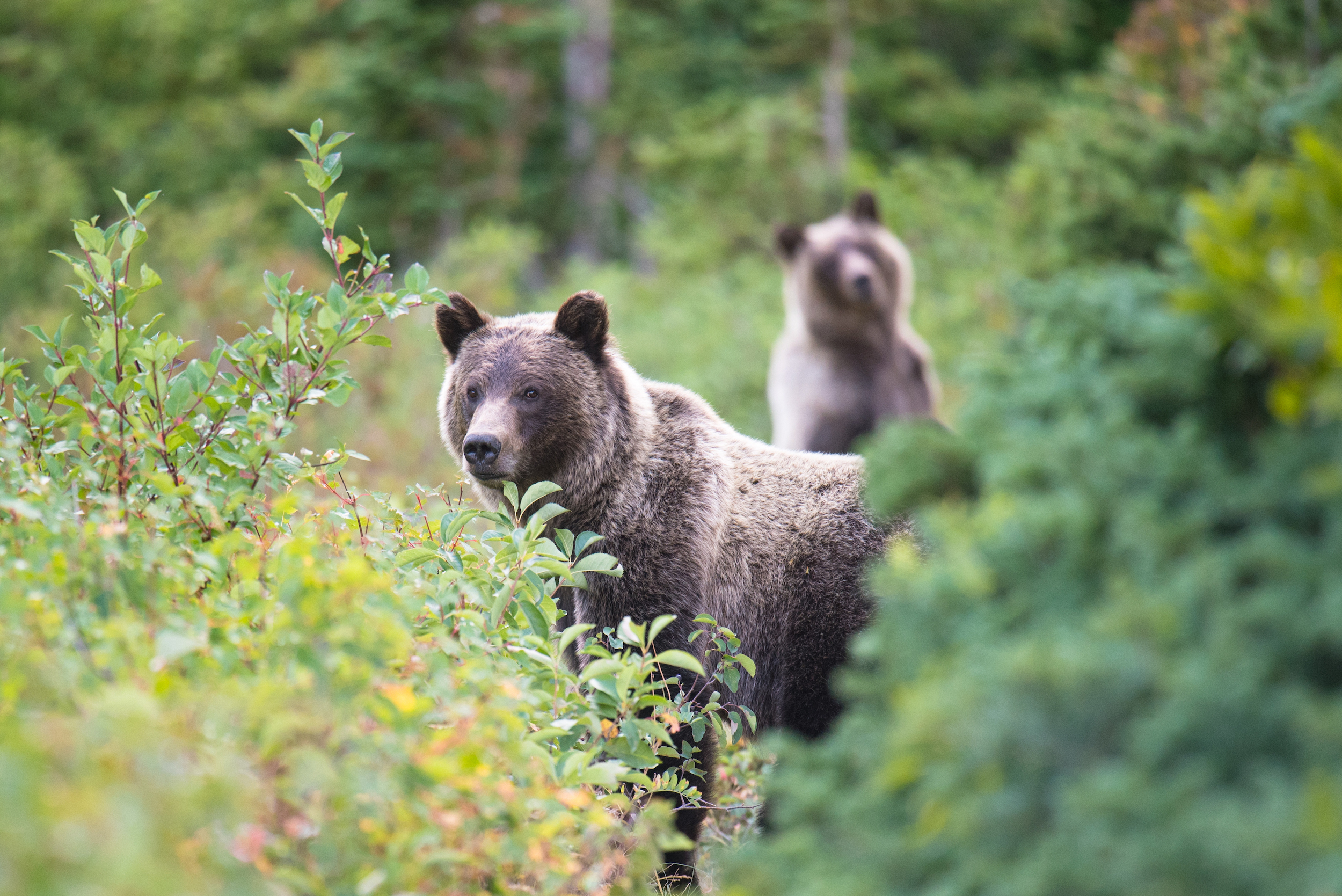
The sow looked right at Van Tighem, then grabbed a piece of cow parsnip and turned her back on him to enjoy her snack. He backed out of the aspens and into the sunshine, then returned to his car in a daze.
“I just felt so weird,” he says. “She’d let me go and everything I knew told me I was supposed to be dead.”
The misconception of grizzly bears as territorial killers has been a media stereotype since the arrival of settlers in North America. Van Tighem credits the beginning of the violent grizzly bear myth to the expeditions of Lewis and Clark in the American northwest.
“They were travelling with muskets, and every bear they saw they shot at, and so they wounded a bunch of bears,” he says. “Those bears then became aggressive.”
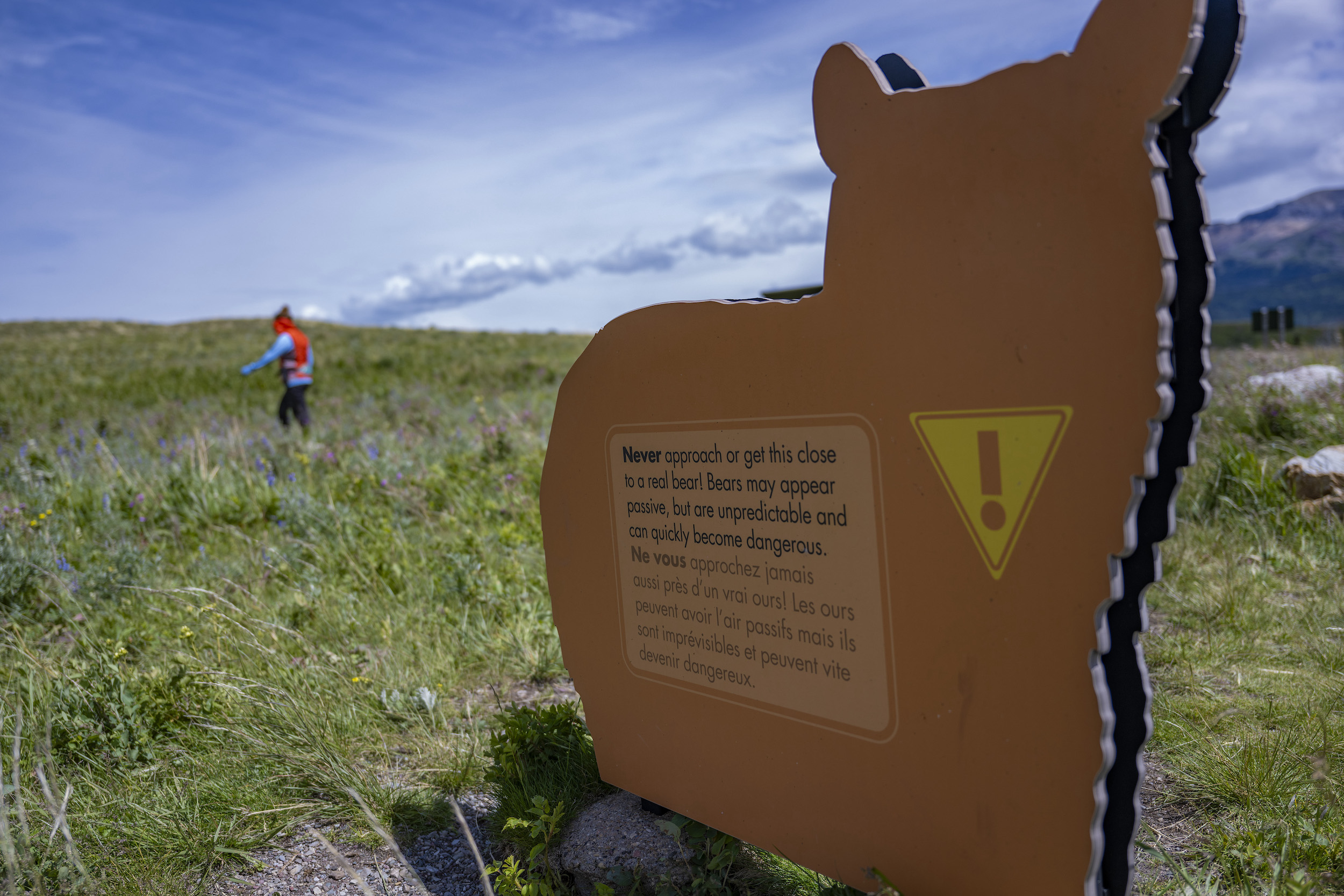
“We made bears dangerous,” he adds. “We made the dangerous story, and then we just kept reinforcing it, because once we were scared of bears, once we saw them as dangerous potential predators, everybody shot [at] first sight.”
This fraught relationship has dire consequences for bears. There are fewer than 1,000 grizzly bears in Alberta, according to a 2021 survey from the province. Still, people kill bears for self defence and to protect their livestock. They kill bears that have gotten into human food or garbage. And people kill bears for no reason at all, whether out of fear or for sport. In Alberta, more than 90 per cent of known grizzly bear mortalities are human caused, according to the government’s most recent dataset. From 2008 to 2019, more than 200 grizzly bears were killed by people in Alberta. Hunting grizzly bears has been prohibited since 2006 and nearly a third of all human-caused mortalities are illegal kills.
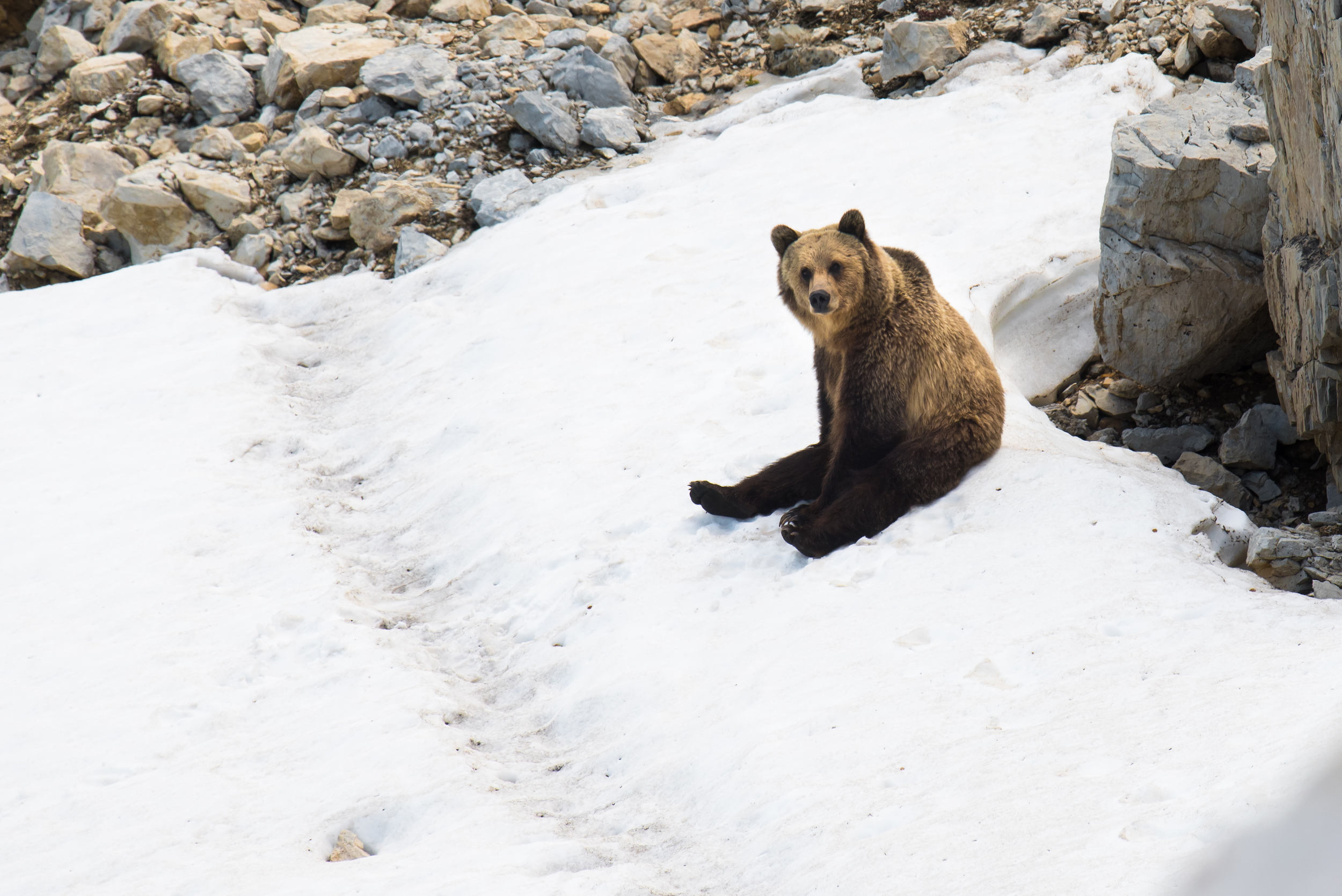
Sarah Elmeligi, a conservation biologist, landscape planner and consultant who was recently elected to the Alberta legislature representing Banff-Kananaskis, says grizzlies are either portrayed as violent killers or soft cuddly bears from a Disney film. “Every single person, probably, in North America has relationships with grizzly bears, even if they’ve never seen a grizzly bear live,” she says.
“There’s all kinds of preconceived notions that we bring forward to how we expect bears to behave on the landscape.”
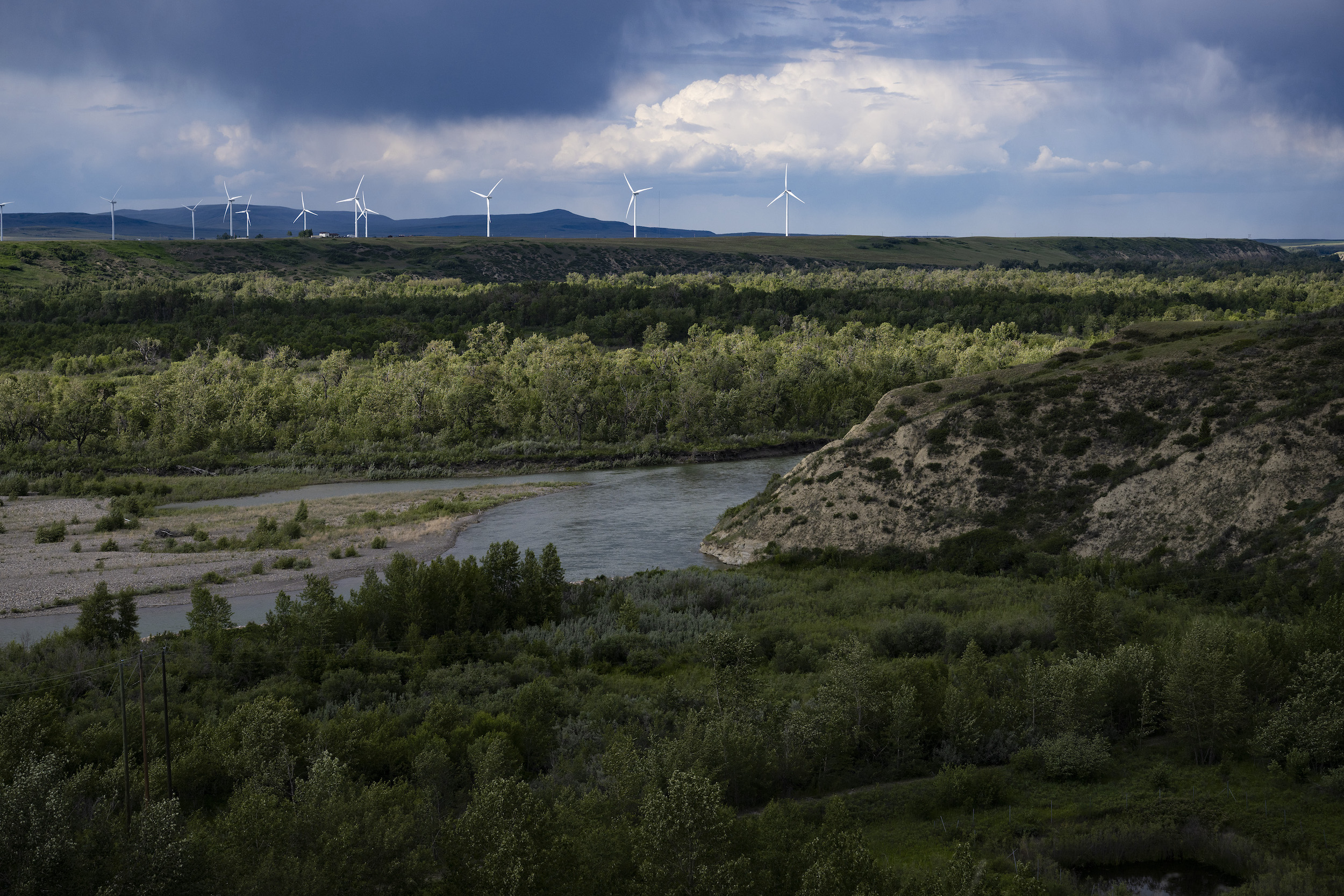
While there is a purpose in warning the public of the dangers of bears, Elmeligi says those stories do not always promote the truth. It’s far more common to have a mundane encounter, she says: “Person saw bear, bear saw person, bear left — or bear continued about its business and nothing happened,” she says. “But that doesn’t really make for good storytelling.”
But Indigenous Peoples have long had their own stories about and relationships with bears, based on respect rather than fear. “Those animals are our way of life through ceremony, through song. All those animals are inside as our spirit,” Mike Bruised Head, a Blackfoot Elder from the Kainai Blood Tribe, says. Those narratives offer a different way to think about these beings, and how we can live together on the land.
Having lived among bears longer than any settlers on these lands, Indigenous people have their own stories and relationships with bears. The Blackfoot people of the Treaty 7 traditional territory are no different.
The Blackfoot Confederacy consists of the Kainai, Piikani and Siksika Nations, as well as the Blackfeet Nation south of the U.S. border.
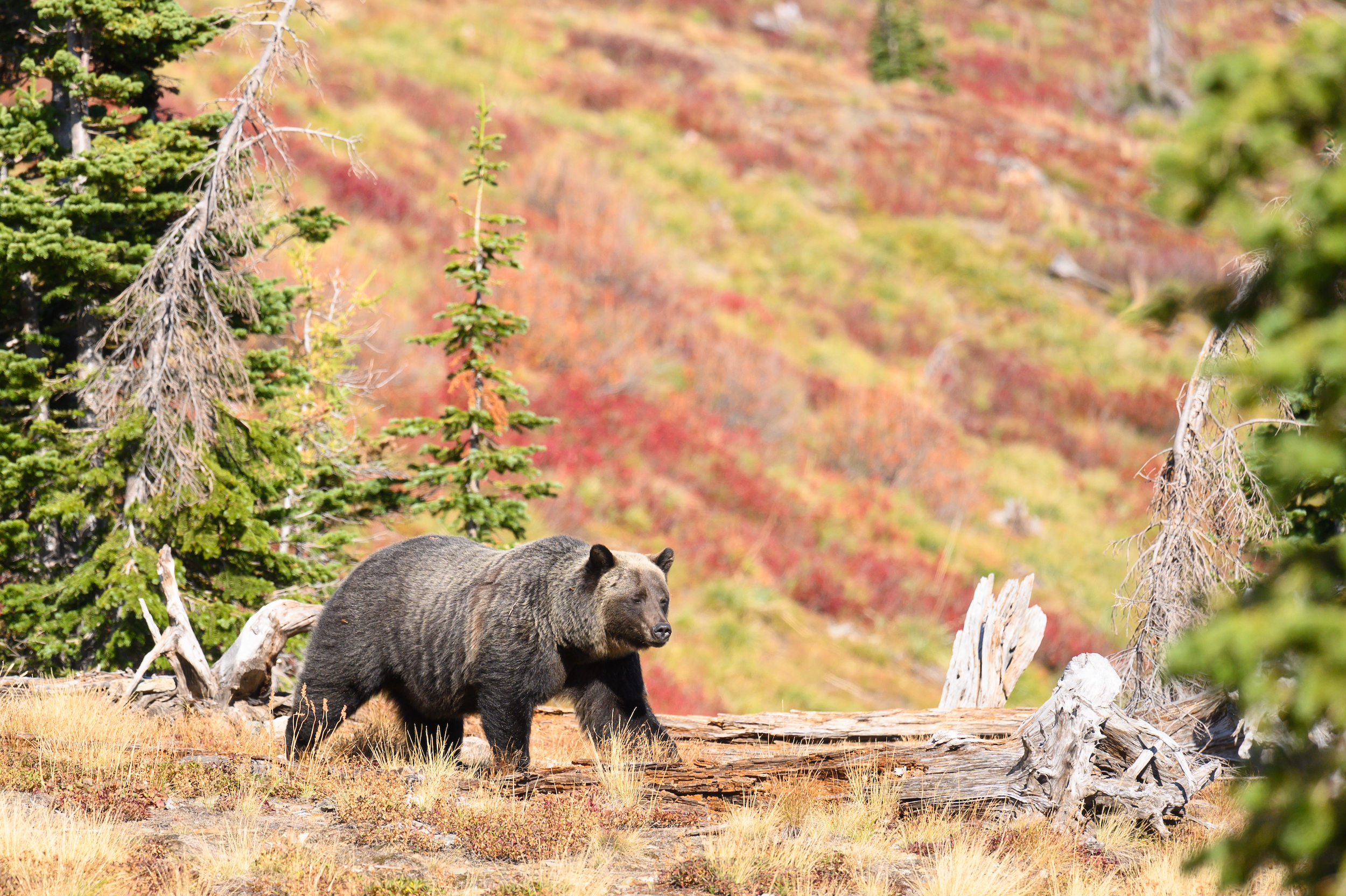
Bruised Head is an Elder and member of the Kainai Blood Tribe, which borders Waterton Lakes National Park. Pa’ksíkoyi is the Blackfoot name for the grizzly bear, a name the grizzly himself told man to call him by, according to Blackfoot stories. Sometimes translated in English as “greasy mouth,” Bruised Head says Pa’ksíkoyi refers to the layer of moisture and saliva that rests between the grizzly’s lips.
Pa’ksíkoyi taught Blackfoot people how to live and offered protection and help in the form of healing through the thunder medicine pipe bundles, ninaimsskaah. In return, Bruised Head says, the grizzly bear asked for respect and for Blackfoot people to not eat bears or other animals that were not “split-hoofed.”
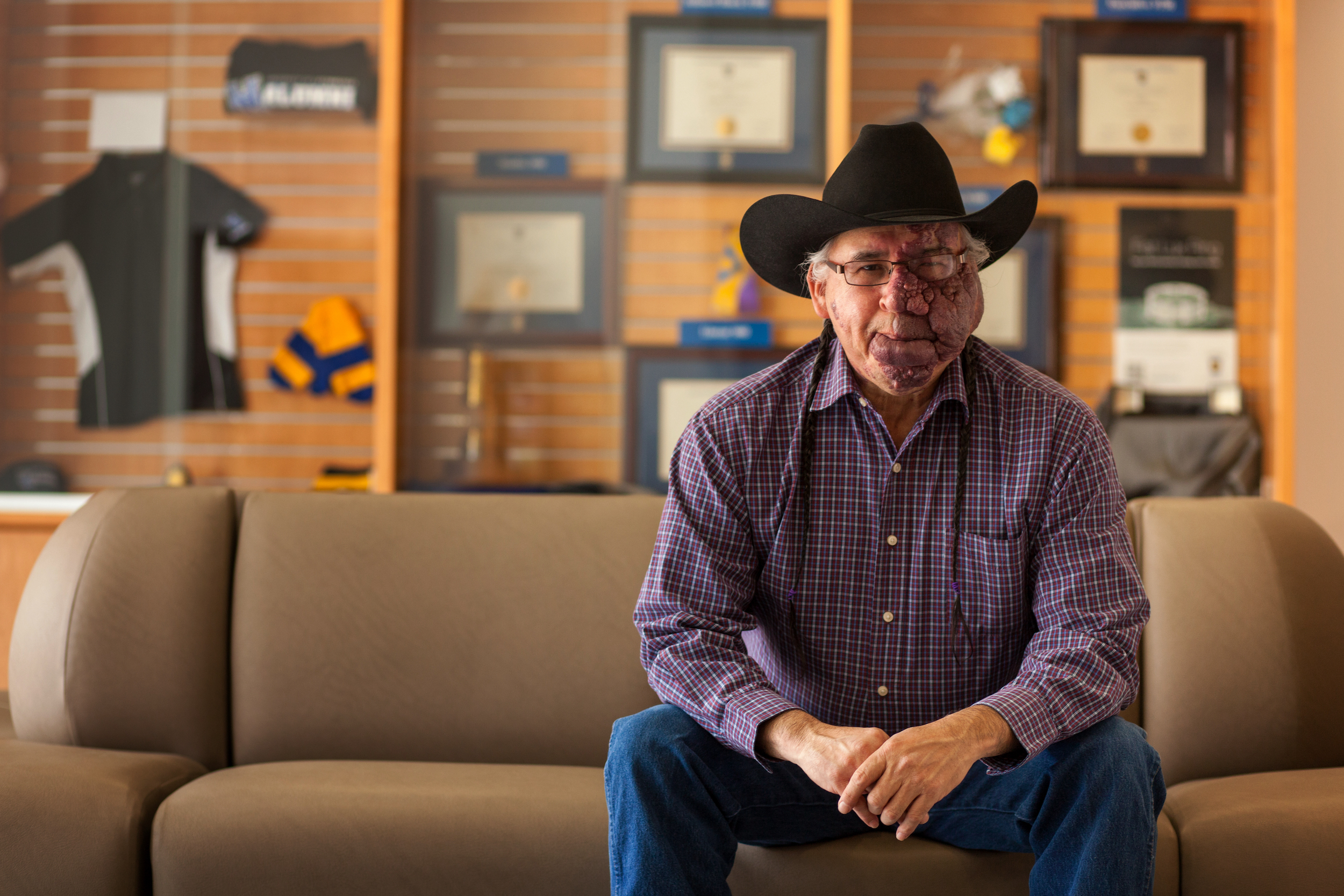
Bruised Head says after the signing of Treaty 7 in 1877 — when settlers pushed into the west by railroad and Blackfoot people were forced onto reserves — Blackfoot people were forced to hunt bears to survive. Then as residential schools enforced assimilation into western Christian culture, many Indigenous people forgot the bears’ cultural and spiritual significance.
“There was a separation, a spiritual separation, where back then we got to see all these animals daily and now we see them in parks and we’re foreigners to our own mountain lands.”
Bruised Head refers to the grizzly bear as a cultural keystone species, because of its importance to Blackfoot medicine bundles and societies, as well as its cultural significance in many Indigenous nations across Turtle Island.
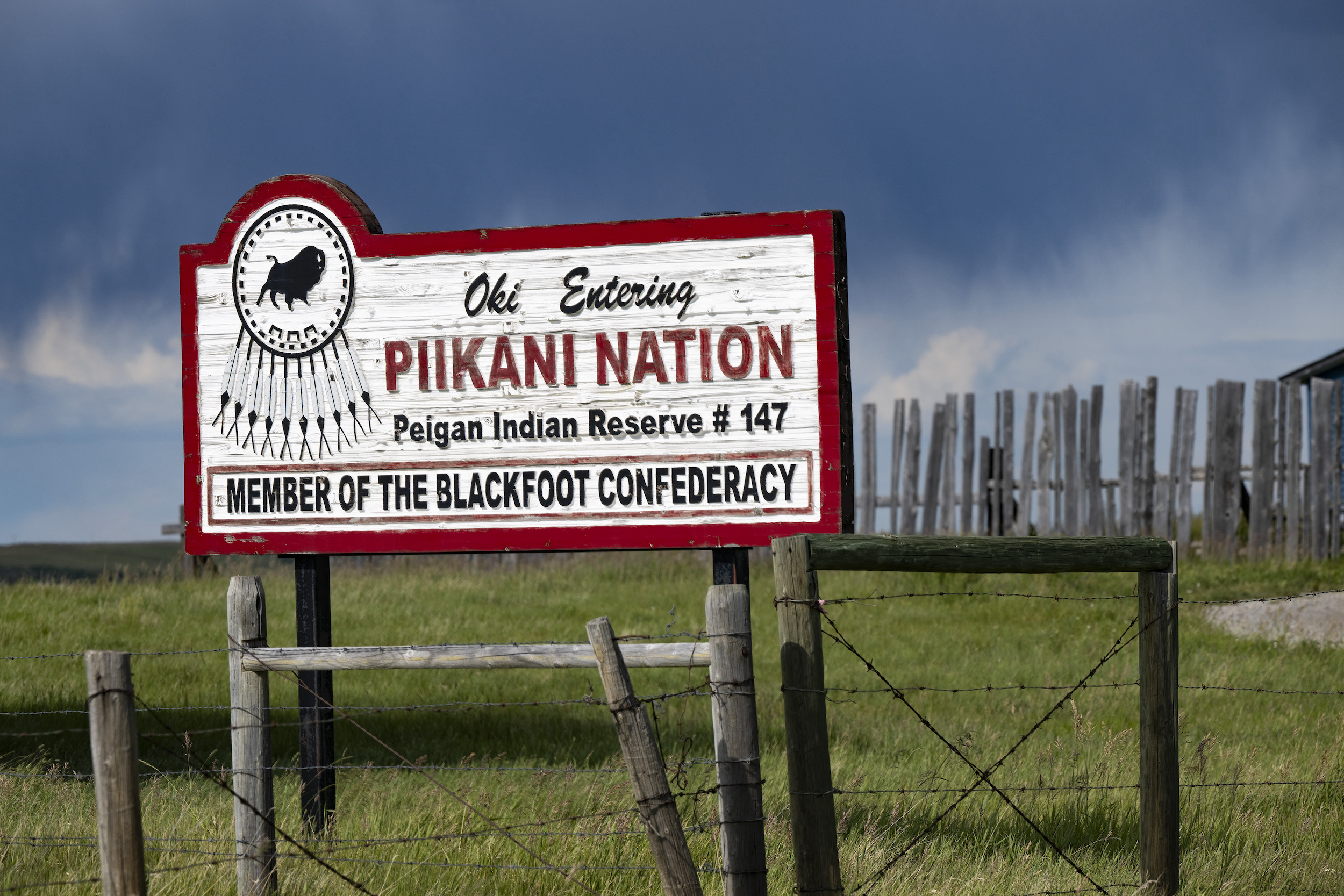
“There’s just something about the bear, the grizzly bear, there’s something very powerful even though we speak other languages,” Bruised Head says.
Southern Alberta is also traditionally home to the Tsuut’ina Nation, Stoney Nakoda Nations and Métis settlements. Each has their own relationship to the grizzly bear.
Métis herbalist and sash weaver Kalyn Kodiak has learned about the use of local bear medicines from her great-great-grandmother, Marie Rose Delorme Smith. Kodiak says bear medicines such as dandelion, carrot and burdock — brown, oily and fuzzy roots that, when fresh, give off a strong stinky smell that resembles celery, similar to bears themselves — offer not only spiritual protection but also physical protection against disease and viruses. They can even help cleanse the body of certain poisons.
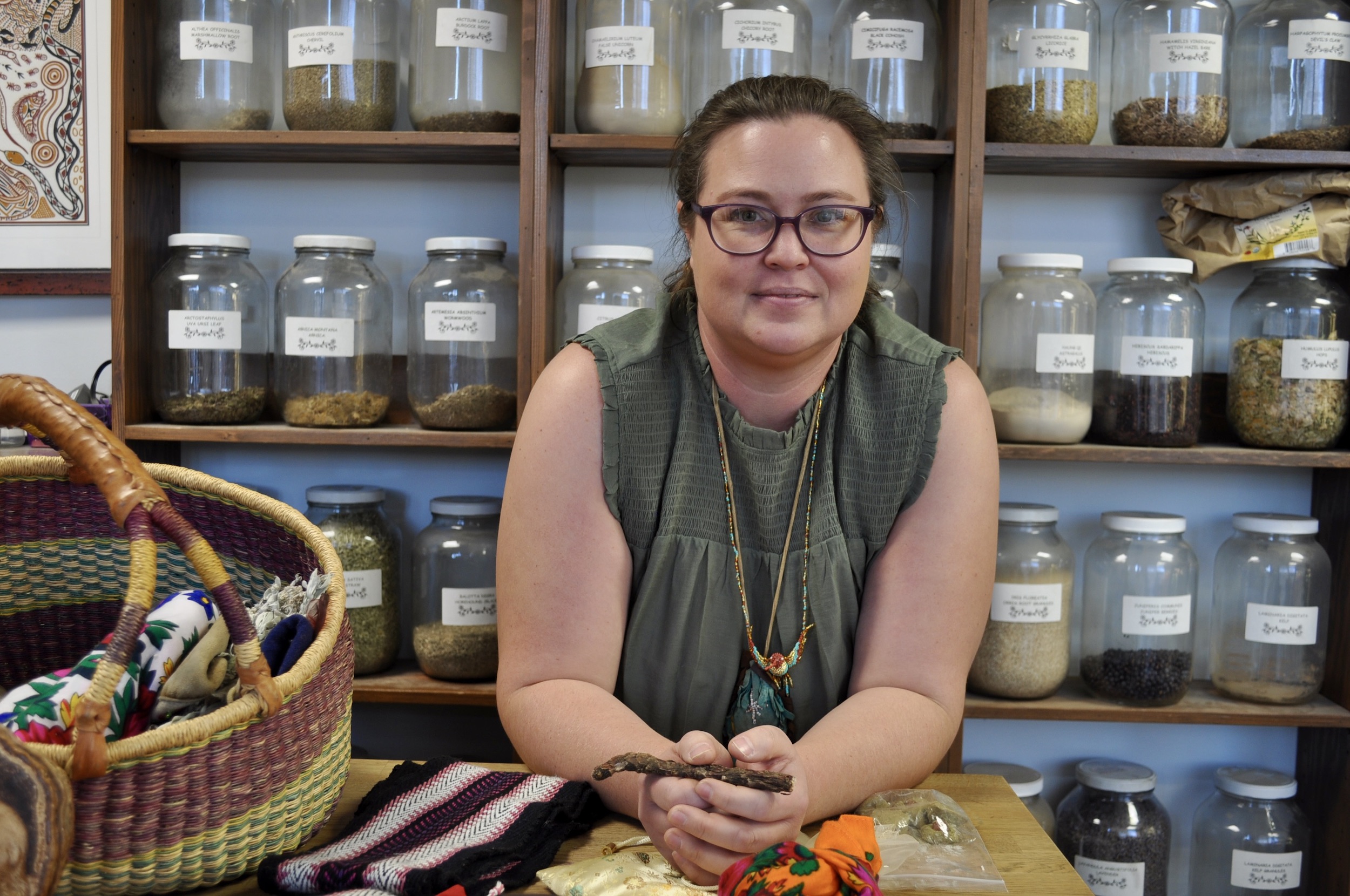
Kodiak says the Métis learned about these medicines by watching bears (they do not distinguish between black bears and grizzly bears in their stories), what they ate and didn’t eat and even how they used certain herbs on themselves. She says the Métis also learned how to raise their families as attentive parents from bears.
“Family and community are huge values for the Métis and the bears. The bears taught us how to be good family members to each other,” she says.
Bears are associated with not just healing but also courage and protection, Kodiak adds. Those who are recognized for sharing these bear traits would often hold the role of protectors within the community — a far cry from the fearful view settlers have long held.
Connecting Traditional Knowledge to conservation efforts has increased since the release of the Truth and Reconciliation Commission’s 94 Calls to Action in 2015 and the finding of unmarked graves of Indigenous children at former residential school sites in 2021.
Federally, Parks Canada has stated its commitment to recognizing and honouring “the historic and contemporary contributions of Indigenous Peoples, their histories and cultures, as well as the special relationships Indigenous Peoples have with ancestral lands, waters and ice.” This, the government says, includes Indigenous Traditional Ecological Knowledge in conservation.
Waterton Lakes National Park has been at the forefront of this effort, incorporating Indigenous people and their perspectives and knowledge in a variety of projects throughout the park, such as including Indigenous language and cultural awareness in visitor education programming. Increasingly, the focus is coexistence, a concept long familiar to local Indigenous people.
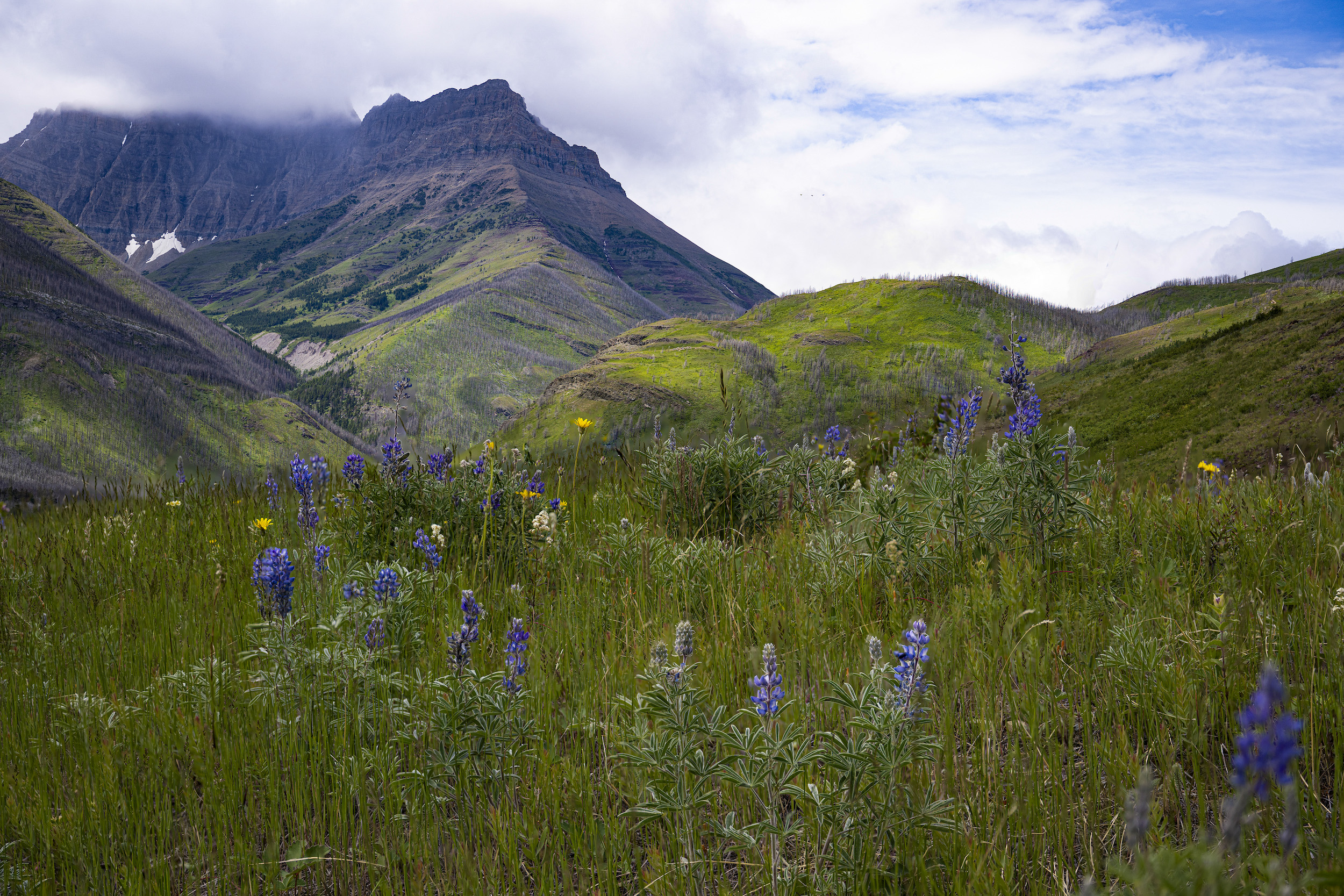
“Indigenous people have coexisted with bears for many years and Parks Canada has a lot to learn from us, Indigenous people and our culture,” Carleigh Grier-Stewart, a member of Piikani Nation and the first Parks Canada knowledge weaver, located in Waterton, says. “It’s really important that Indigenous perspectives are being included and being brought to the table,” she says.
The ongoing perception of bears as killers has influenced Parks Canada’s bear management philosophy and policies over time.
Alex Taylor worked in Parks Canada seasonally for almost 30 years, retiring in 2018 as a human-wildlife conflict specialist throughout Lake Louise, Yoho, Kootenay and Banff national parks. In that time, Taylor saw the way his job was framed evolve over the years. What started as a position dealing with “problem wildlife” changed to “human-wildlife conflict” and later to “human-wildlife conflict and coexistence.”
The changing of the name of the department matters, as does the terminology of “problem bear,” according to Dan Rafla, a human-wildlife coexistence specialist in Banff National Park.
Human-wildlife coexistence specialists in the different parks work to manage wildlife populations and visitors to “maintain a level of coexistence, keep animals alive and acting appropriately” while also managing humans to “achieve coexistence,” Rafla says.
Grier-Stewart’s role as the knowledge weaver in Waterton is part of this effort. The position, which she began in 2021, is a result of Canada’s Nature Legacy Initiative, announced in 2018 by the federal government to collaborate with Indigenous partners, stakeholders and other levels of government. In 2021, the government invested $2.3 billion across five years into the initiative in addition to the $1.3 billion in 2018.
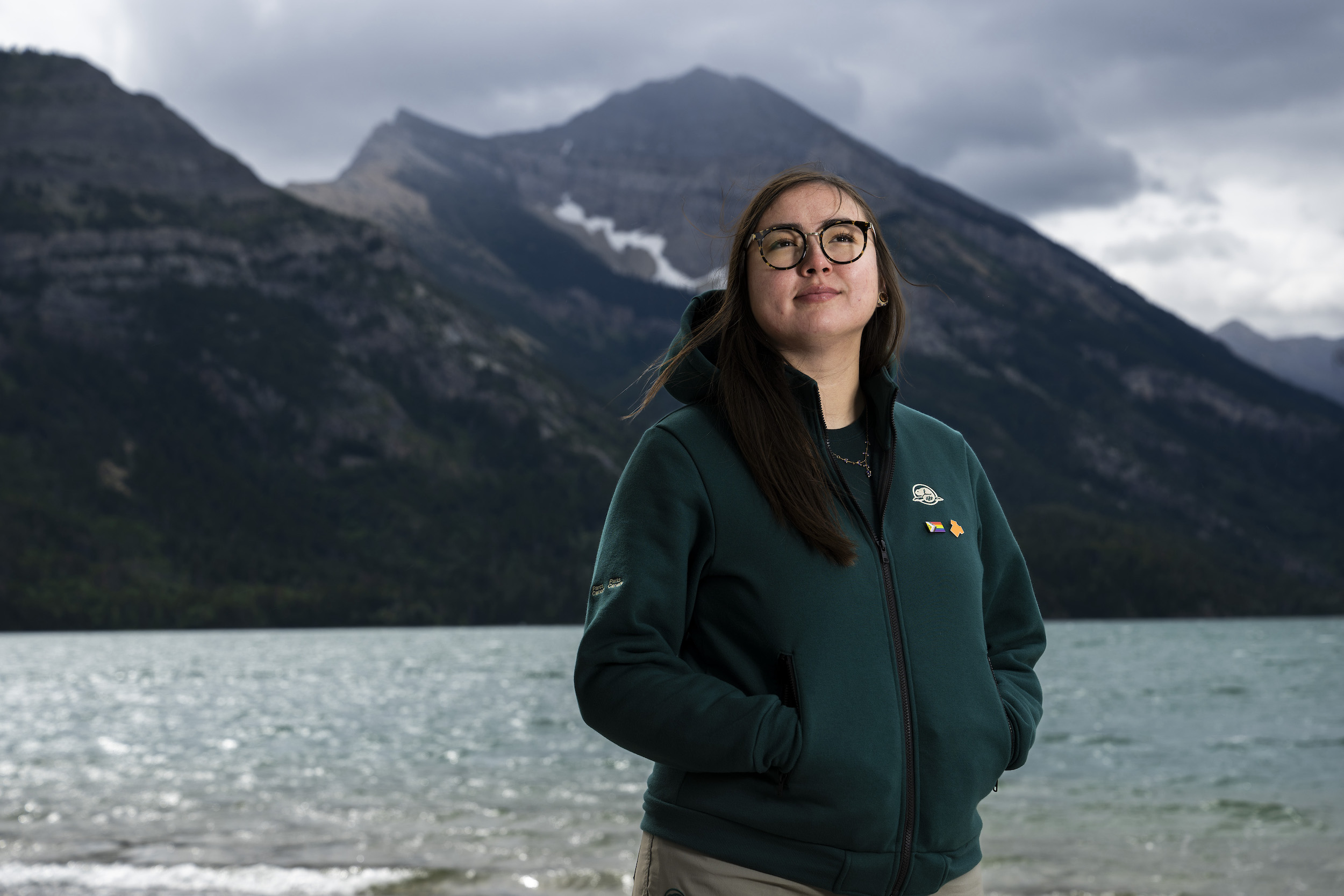
Through the resource conservation team within Waterton, Grier-Stewart works with Elders, Knowledge Keepers and community members from Kainai and Piikani, their county land departments as well as the Kainai Ecosystem Protection Agency to build relationships and offer support through the park, such as funding through the Nature Legacy Initiative.
Grier-Stewart says the objective of her position is to eventually have Traditional Knowledge woven into each branch of the park, including conservation policies around bears. Though Grier-Stewart says the incorporation of Traditional Knowledge is a work in progress and is currently minimal in relation to bears when it comes to much of Waterton’s operations, there are areas where Indigenous people are now leading the charge.
One of the many tools Waterton Lakes National Park uses to ensure park visitors are educated on how to proactively coexist with bears is the wildlife guardians program. Wildlife guardian programs exist in many national parks across Canada, but Waterton’s program became the first in the country to have a fully Indigenous team in 2022.
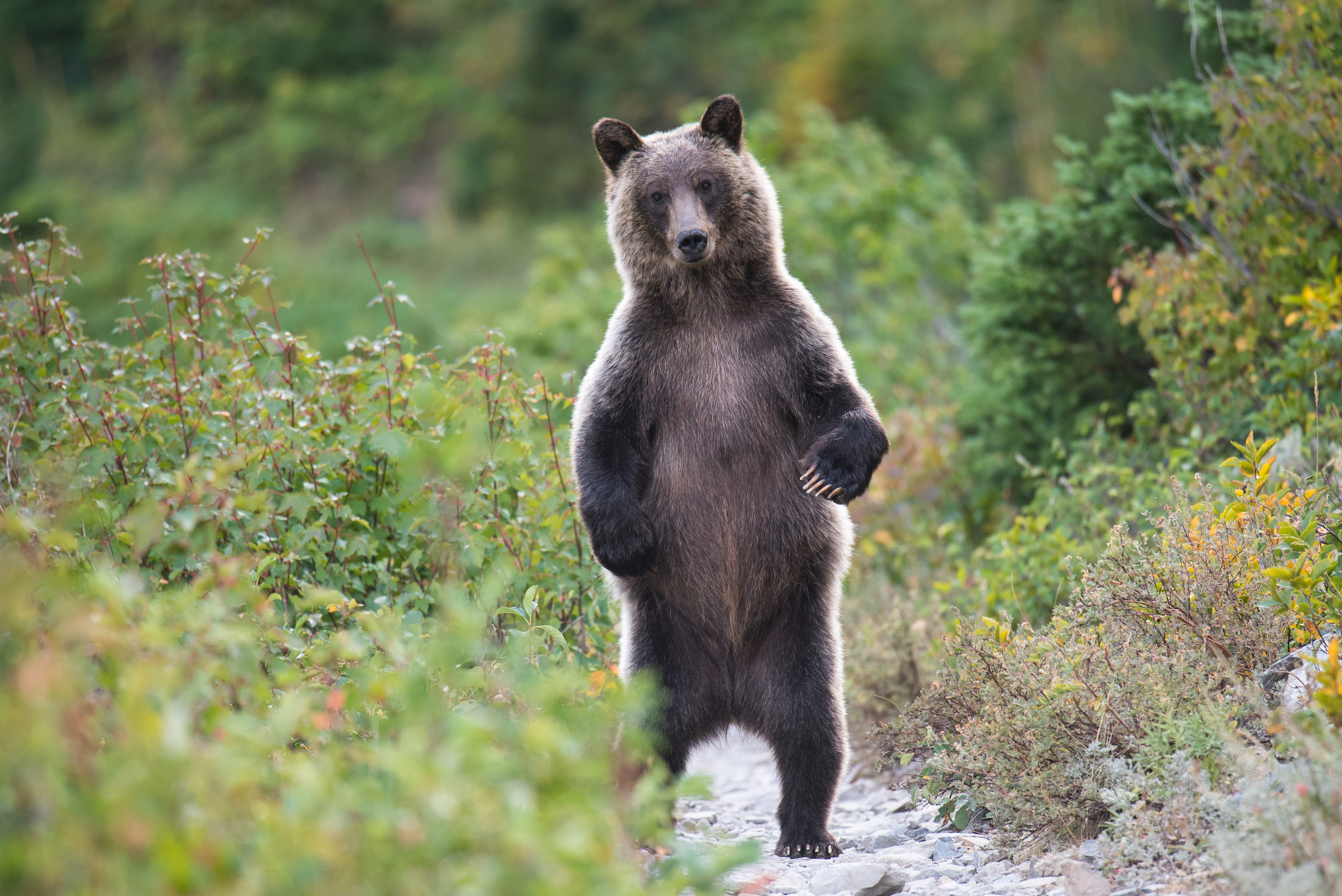
“Our guardians are out there talking with people,” Rob Found, a wildlife ecologist in Waterton, says. “That’s the huge piece, is the people management and the education component and what are we telling people out there.”
Found says while a lot of people visiting the park have a high respect for bears, building that respect is something they want to continue. “That’s something where having this Indigenous perspective can be helping enforce that and convince people as well,” he says.
Found acknowledges many Indigenous perspectives, particularly those of the Blackfoot people, come from a place of respect, and says the Indigenous wildlife guardians program is the best way Waterton is helping to improve the management of human-wildlife conflicts by educating visitors on the importance of coexistence.
Kelly Tailfeathers, a member of the Kainai Blood Tribe and Indigenous guardians program advisor at Waterton Lakes, was the wildlife guardian team leader in 2022. In Tailfeathers’ experience, bears often take up the most of wildlife guardians’ time, as they are the largest attraction for visitors. Wildlife guardians check campgrounds to make sure no garbage has been left out and work to clear bear jams — traffic jams caused by visitors stopping to watch bears on the road.
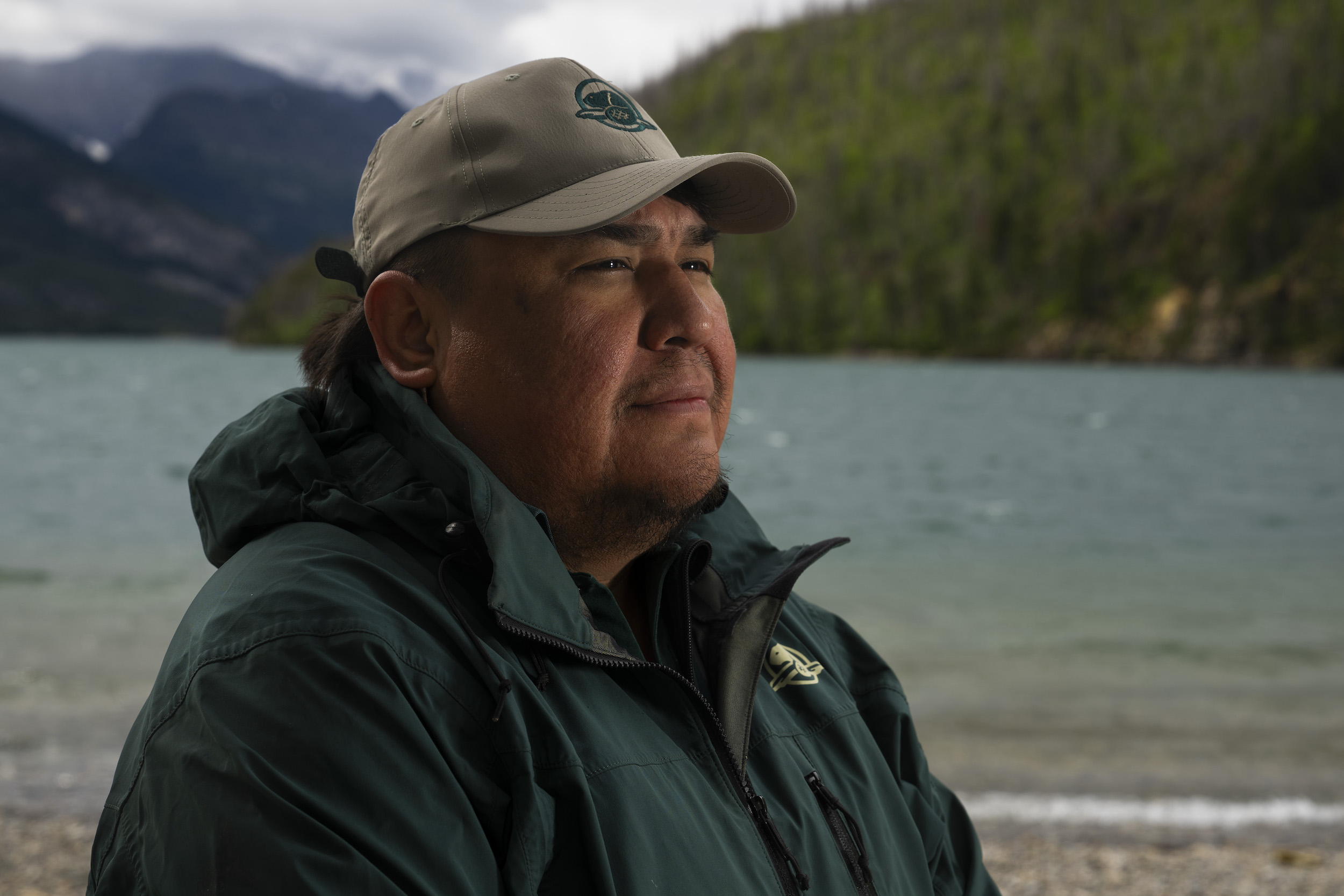
“We’re trying to educate the people to be bear conscious, be bear safe and watch your food,” Tailfeathers says. “There are park rules that need to be followed for the safety of both the animal and the tourists that visit the park.”
Found says Waterton Lakes is also forming a resource conservation Indigenous advisory group with the motivation of continuing initiatives with the Blackfoot people including managing shared bear habitat in the Blood Tribe’s timber reserve, which resides within the park’s boundary. The group is currently in discussions with the park.
“We want bears across this whole habitat, and that’s one of the motivations for having a joint advisory group where we can actually have Indigenous people talking with us — so we’re not just making all these decisions — but also that we’re getting informed from Indigenous perspectives and also the Indigenous objectives as well,” Found says.
Found says the impact of the Indigenous wildlife guardians is having an overall positive effect not only on creating better visitor experiences with wildlife in the park, but also on the lives of bears themselves.
“If it’s even one person that gets a changed perspective on bears, like they’re not just these things to be scared [of] but they’re actually individuals to be respected, maybe that’s one person that is going to remember ‘oh, we better put our food in the car or something,’ ” Found says.
“That might actually save a bear’s life.”
Updated July 26, 2023, at 3:04 PM: an older version of the story incorrectly stated that a 2021 survey on the number of grizzlies in Alberta was done by the Alberta Wilderness Association. The story has been updated to reflect that the survey was done by the government of Alberta.
Get the inside scoop on The Narwhal’s environment and climate reporting by signing up for our free newsletter. A $335 million funding commitment to fund...
Continue reading
Canada’s first-ever Indigenous governor general doesn’t play favourites among our majestic natural wonders, but she...

In Alberta, a massive open-pit coal mine near Jasper National Park is hoping to expand...

A trade war could help remake B.C.’s food system, but will family farmers be left...
